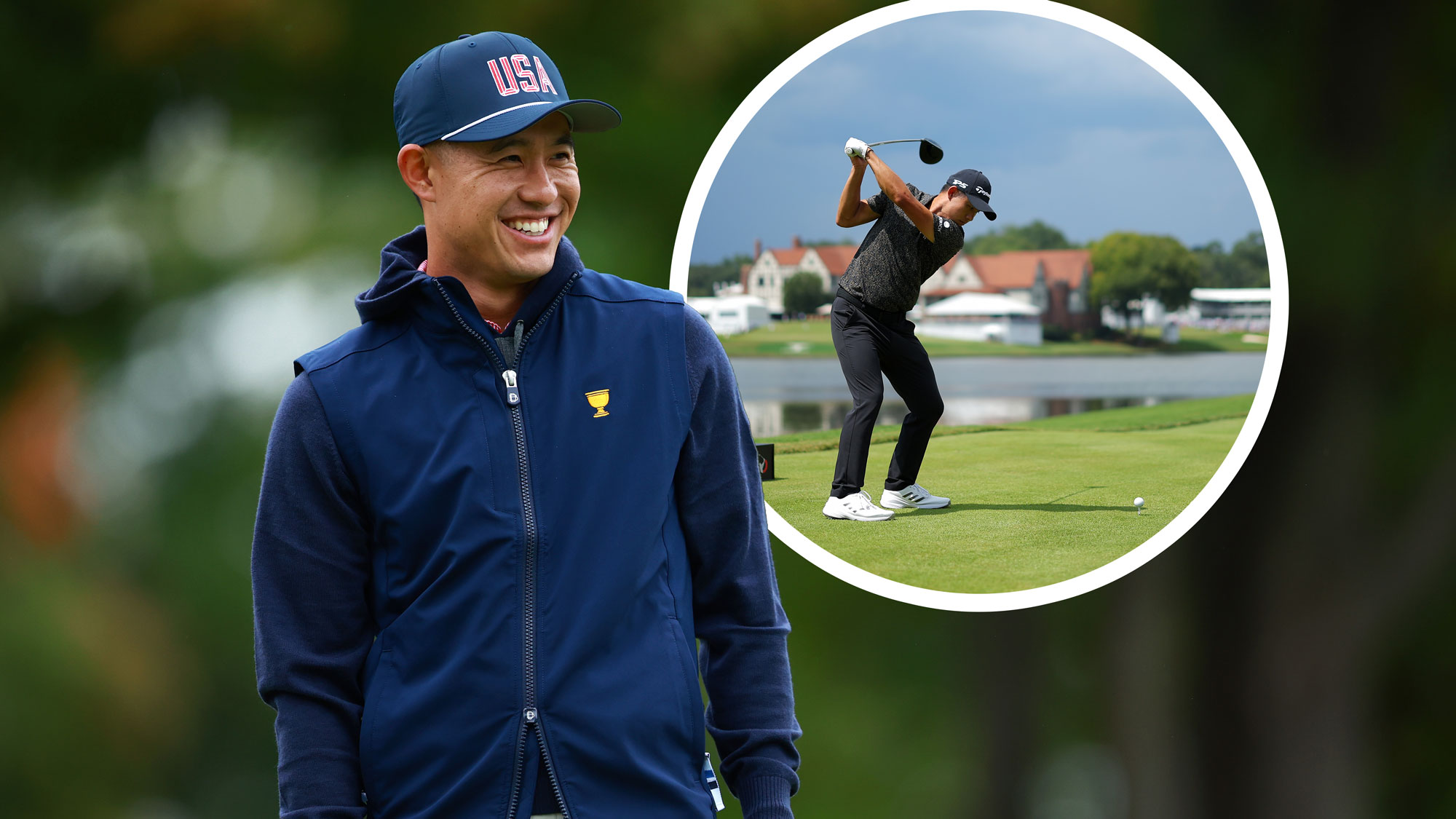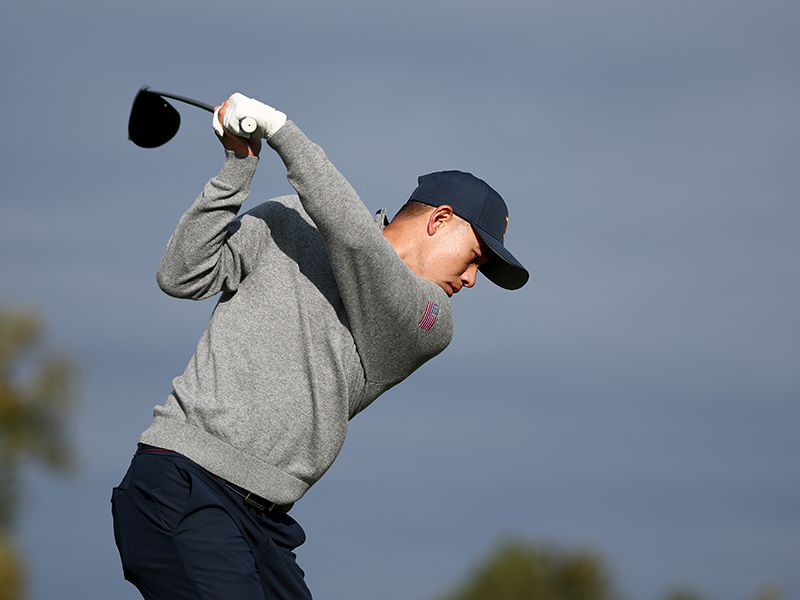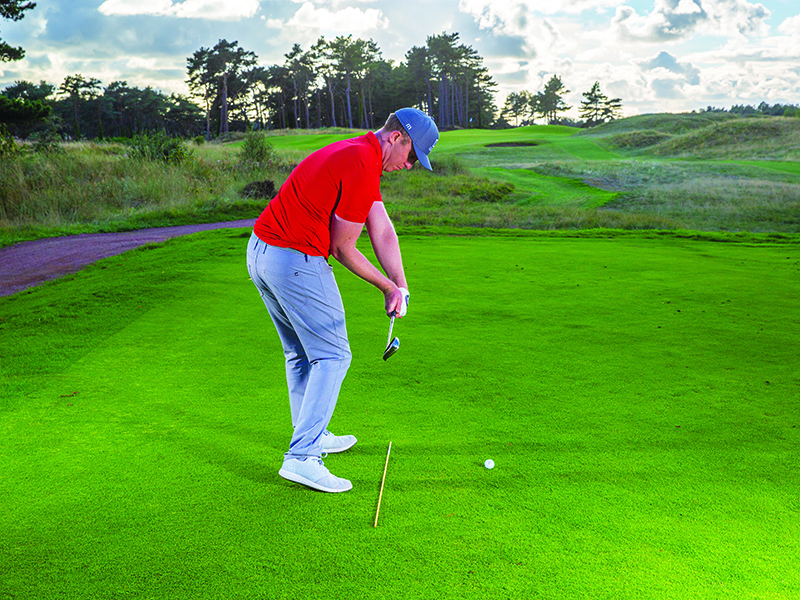
Collin Morikawa's majestically smooth golf swing is something all amateur golfers should strive to replicate. He may not be the longest in the game, but rather than becoming fixated on how far he hits his 7-iron or driver, I am instead going to admire the control he demonstrates with his ball flight.
The mastery that Morikawa possesses over his craft is inspirational, especially when you see him hit that trademark soft fade with laser-like precision and often astounding results.
In this article, Golf Monthly Top 50 Coach John Howells breaks down the technique and strategy needed to play Collin Morikawa's signature soft fade, sharing his expert tips to help you build on your shot-making repertoire and ability to shape the golf ball...
The Soft Fade – Collin Morikawa's Signature Shot
As is the case for many of the world’s elite players, it’s a fade that Collin favours, in which the ball starts slightly left of target and curves to the right. It’s a shot that he and his coach have worked on diligently.
When winning his two Majors – the 2020 US PGA and 2021 Open Championship – he had his soft fade perfected. It’s a shot you’ll see him play week-to-week; he has complete trust in it and he can clearly depend on this small left-to-right movement in the most high-pressure situations.

Collin has an extremely weak left-hand grip. The left hand is rotated counter-clockwise on the golf grip at set-up; it’s not a neutral left-hand grip – it’s obviously weaker.
What he’s able to do is get that match-up of making sure the left wrist is bowed at the top of the backswing, which you can see in the image above. Note how the palm of his left hand is closer to his forearm than his left knuckles are.
That very weak left-hand grip, combined with a bowed left wrist in the backswing and a bowed left wrist in the downswing, gives Collin the ability to hit strong-flighted fade shots.
How Do I Hit A Soft Fade?
Perhaps you struggle with a weak left-hand grip, but you’ve never been able to change it; or perhaps you’re curving the ball too much to the right with an open clubface. If this sounds like you, it might be worth trying to impersonate Collin.

Try to have your left wrist bowed a little bit at the top of the backswing and in the downswing, a sensation that will probably feel very strange to start with. I’d suggest hitting easy 80-yard 8-irons at first to get used to the feeling.
You’ll find the bowed left wrist gets the clubface a bit stronger looking at the top of the backswing. If you maintain that bowed left wrist in the downswing, as you can see in the image above, it will minimise the slice you often get on your iron shots and turn it into a small fade, or even a straight flight with no curve.
How Do I Hit A Draw Instead?
To move the ball from right-to-left through the air (a draw), the club needs to work from the inside with a face that is open to the target but closed to the swing path.
Grab an alignment stick and use this to ensure your body is aiming right, as this will encourage an in-to-out swing direction. Put the ball position back in your stance, and ensure the club face is pointing right of your target but left of your body position.







